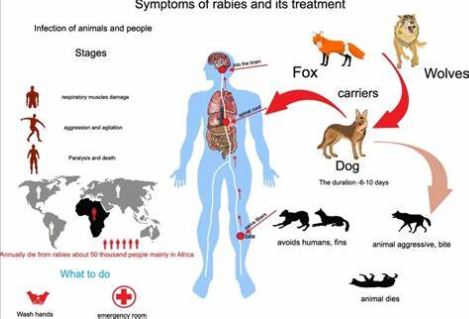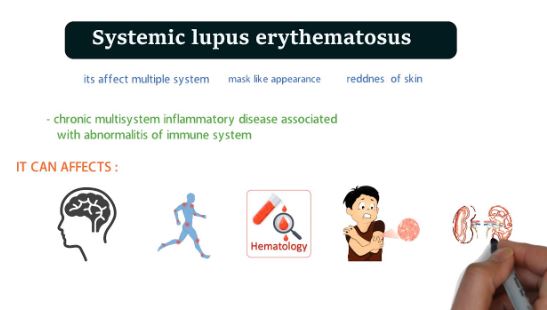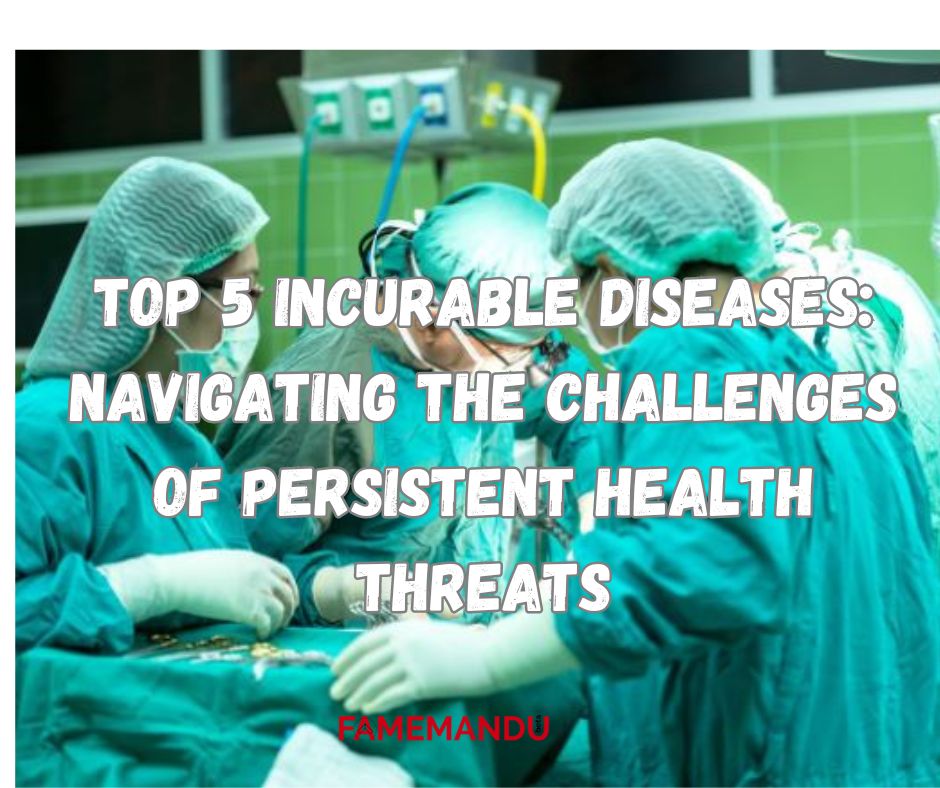1. AIDS
The severe, advanced stage of HIV (Human Immunodeficiency Virus) infection is known as acquired immunodeficiency syndrome, or AIDS. HIV targets CD4 cells in the immune system, impairing the body’s capacity to fend against infections and illnesses. The hallmarks of AIDS include a marked decrease in CD4 cell count and an increase in malignancies or opportunistic infections. Unprotected sexual contact, tainted blood transfusions, sharing of needles, and transmission from an infected mother to her child during childbirth or breastfeeding are the main routes of transmission. AIDS cannot be cured, despite the fact that antiretroviral therapy (ART) has greatly improved results. Prevention techniques, such as awareness-raising and safe behaviors, are essential for halting the HIV/AIDS epidemic.

2. Ebola
The Ebola virus is the source of Ebola virus disease (EVD), a serious and frequently fatal sickness. It can spread through human-to-human contact and is brought to people by wild animals. The virus first appears as flu-like symptoms before causing organ failure and serious internal hemorrhage. Most Ebola outbreaks have happened in West and Central Africa. Direct contact with the blood, secretions, organs, or other body fluids of an infected person or animal can spread the virus. Strict infection control procedures are essential for containment, including the isolation of afflicted patients and the use of safe burial techniques. Although supportive care and experimental treatments are employed, there is no approved vaccination or specific treatment available. To lessen the effects of Ebola, international efforts concentrate on public health education, quick response, and prevention.

3. Poliomyelitis
Poliomyelitis, or polio, is a highly infectious viral disease caused by the poliovirus, primarily affecting the nervous system. The virus is spread through contaminated food, water, or contact with an infected person’s feces. While most infections are asymptomatic, some cases can lead to paralysis, especially in the limbs. Polio predominantly affects children under five years old. Vaccination efforts, particularly the oral polio vaccine (OPV) and inactivated polio vaccine (IPV), have been instrumental in global eradication initiatives. Thanks to extensive vaccination campaigns led by organizations like the World Health Organization, significant progress has been made, reducing global polio cases dramatically. However, eradication efforts continue, emphasizing the importance of vaccination to prevent the resurgence of this debilitating disease.

4. Rabies
The central nervous system is predominantly affected by the lethal viral disease rabies, which is primarily spread by an infected animal’s bite or scratch. The rabies virus, the causal agent, is a member of the Lyssavirus genus. When symptoms appear, which they normally do in a few weeks or months, the illness is almost always fatal. Early signs and symptoms could be similar to the flu before developing into neurological problems like paralysis, anxiety, and hallucinations. It is imperative to provide immune globulin and receive a rabies vaccination as soon as possible after exposure in order to prevent the onset of symptoms and guarantee survival. Key tactics in stopping the spread of rabies, a zoonotic illness that poses a serious threat to human health worldwide, include immunizing household animals, enforcing wildlife control laws, and launching public awareness campaigns.

5. Systemic lupus erythematosus
In systemic lupus erythematosus (SLE), a chronic autoimmune illness, the body’s healthy tissues are mistakenly attacked by the immune system. Numerous organs, including the skin, joints, kidneys, heart, lungs, and brain, may become inflamed and damaged as a result. A variety of symptoms, including joint pain, skin rashes, exhaustion, and fever, along with flare-ups and remissions, are indicative of systemic lupus erythematosus. Although the precise etiology is uncertain, environmental and genetic factors are thought to play a role. A combination of imaging, blood testing, and clinical symptoms is frequently used to make the diagnosis. Although there is no known cure, therapy usually entails changing one’s lifestyle in addition to taking medicine to moderate symptoms and stop flare-ups. Treating this intricate and fluctuating illness requires interdisciplinary care and routine monitoring.


